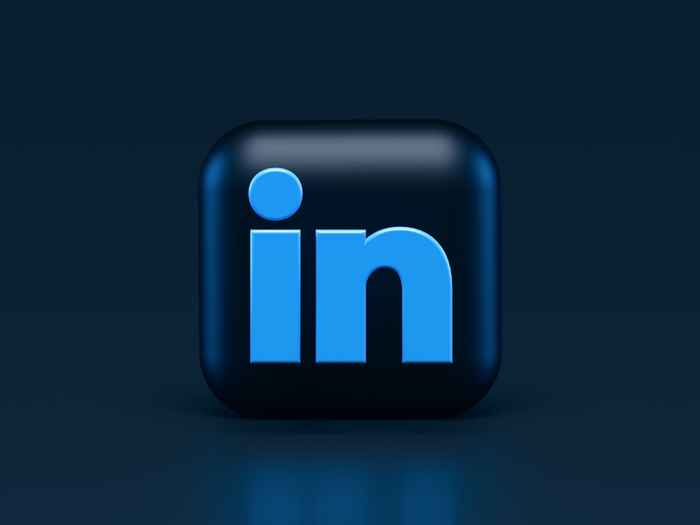How to create a product page on LinkedIn
Learn how to create and use LinkedIn product pages to build awareness around your brand and its products.
Creating and posting content on LinkedIn is a great way to establish a personal brand or build the authority of your brand or company. The content you post can help attract recruiters to your profile, position you as a thought leader or influencer in your industry, and showcase your expertise in your field.
And with so many types of content you can create, opportunities to encourage engagement are abundant.
When it comes to content marketing and creating content on LinkedIn, it’s important to keep in mind this platform is different from other social networking sites. We’ve created this list of eight tips for creating engaging content on LinkedIn to get you started.
The first step in creating engaging content on LinkedIn is to determine why you’re creating content in the first place. Is the goal to:
Not every piece you produce has to align with this goal, but knowing why you’re creating content and what the purpose is can help you develop posts that people will engage with.
Next, you must determine who your audience is going to be. This will likely be based on the goal of your content.
For example, if the purpose of creating content is to generate leads or new customers, your audience will be similar to your ideal customer for your brand. Or, if the goal is to establish yourself as a field thought leader, your audience will be others within your field. Regardless, you must understand who your audience is in order to make content that they will engage with.
Once you’ve identified your audience, you should try to understand their:
Make sure the audience you’re focusing on is present on LinkedIn. And also, be sure to understand what your audience wants to read and the types of content they engage with. Finding your niche not only helps give your content direction, but also helps you stand out from the competition. It ensures your content is relevant, targeted, and actionable for your audience, which can help make it more successful.
Once you’ve identified goals and a primary audience, it’s time to develop a content strategy. This includes:
Consider whether your posts will be short or long, or a combination of both. Will posts be all articles or include a mix of photos, videos, and infographics? How will those be created? “Content” doesn’t have to be just words, and offering a good mix of different types of content can keep your audience engaged and interested.
Now that you have general goals for your content, have identified your audience, and created a general content strategy, you must start gathering ideas for things to write about. The goal of your content should be to be engaging for your audience, which includes likes, comments, and shares, but also to generate clicks on links and ideally serve a purpose for your audience.
One of the best ways to start with your idea gathering is by reading and engaging with content from thought leaders, companies, or others in your field. What types of content are they posting? What questions are they answering? How are they engaging with those who comment on their post? What are the topics they are focusing on?
By researching other successful brands and people in your field, you can get great ideas for your own content.
Start writing down ideas for posts or content, whether in Word or Google Docs, spreadsheet, notebook, or your SocialWeaver content library. Start with the ideas you’ve gathered from other thought leaders and influencers. Here’s a list of other thought starters for you:
Ultimately, the options are virtually endless. The important thing is to produce content that will resonate with your audience, is educational or informative, and is relevant.
When you draft your posts, keep in mind that text-only posts perform the best on LinkedIn. These posts can be up to 1,300 characters, but remember that the first 2-3 lines are most important because everything else will be “hidden” until the viewer clicks “... see more.” Those first couple of sentences need to grab the audience’s attention and make them want to engage with the rest of the post.
Other tips include:
As you continue to post content, it’s important to understand if what you’re posting is or isn’t working. Questions to ask yourself include:
Also, keep an eye on the comments people post. Are they enjoying the content? Are their comments supportive? Is the piece of content starting a conversation?
It may be surprising to hear that the number of followers you have isn’t really that important. What’s truly important is having a voice and authority that comes through and is enforced in your content and posts.
Influence in your industry doesn’t necessarily come from how many people follow you or are in your network. It comes from the quality of people who are reading and engaging with your content. You may have heard the phrase “quality over quantity,” and that philosophy stands here as well. If you have a smaller network, but they are engaged, share your posts, and help position you as authority, you’ll have greater success with your content.
Learn how to create and use LinkedIn product pages to build awareness around your brand and its products.
Whether searching for a job, expanding your professional network, or building a personal brand, optimizing your LinkedIn profile can help you reach your professional goals.
The ultimate guide for creating a successful company page on LinkedIn, the world's largest professional network on the internet.




